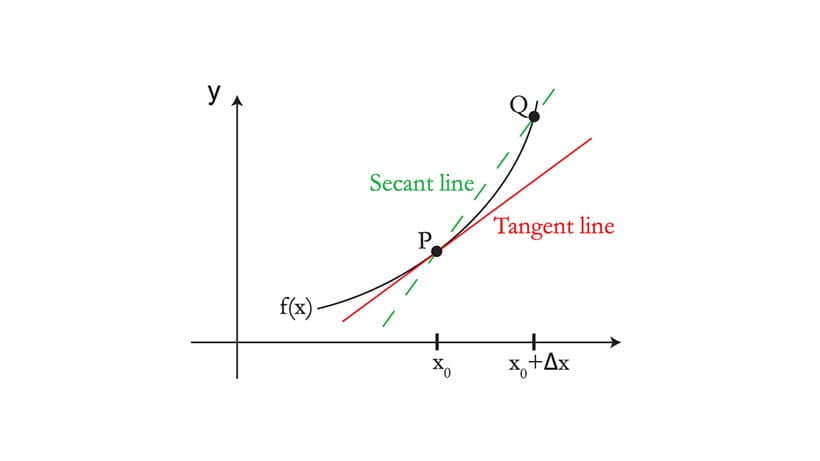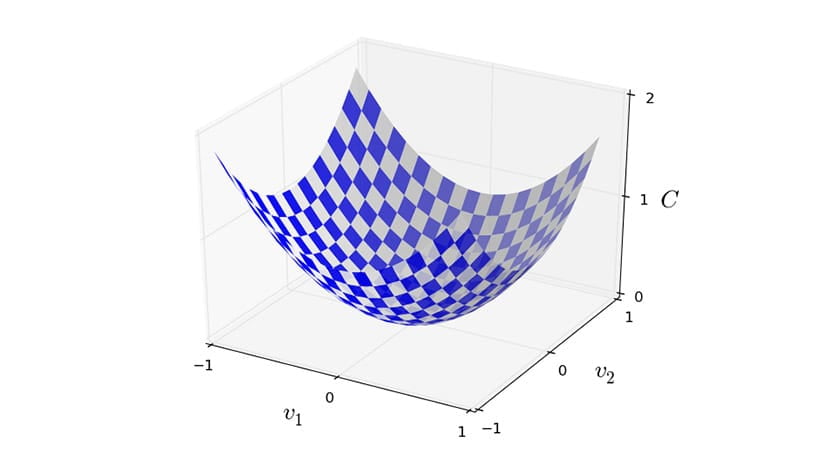TensorFlow ile teorik ve gelişmiş makine öğrenimi
Aşağıdaki öğrenme materyallerine başlamadan önce aşağıdakilerden emin olun:
TensorFlow ile makine öğreniminin temelleri müfredatımızı tamamlayın veya eşdeğer bilgiye sahip olun
Özellikle Python'da yazılım geliştirme deneyimine sahip olmak
Bu müfredat aşağıdakileri yapmak isteyenler için bir başlangıç noktasıdır:
Makine öğrenimi anlayışlarını geliştirin
TensorFlow ile belgeleri anlamaya ve uygulamaya başlayın
Devam etmeden önce ML'nin nasıl çalıştığına dair arka plan bilgisine sahip olmanız veya başlangıç müfredatındaki öğrenme materyallerini tamamlamış olmanız gerekir. TensorFlow ile makine öğreniminin temelleri . Aşağıdaki içeriğin öğrencileri daha teorik ve gelişmiş makine öğrenimi içeriğine yönlendirmesi amaçlanmaktadır. Kaynakların çoğunun TensorFlow kullandığını göreceksiniz, ancak bilgi diğer makine öğrenimi çerçevelerine aktarılabilir.
Makine öğrenimi anlayışınızı ilerletmek için Python programlama deneyiminizin yanı sıra matematik, doğrusal cebir, olasılık ve istatistik konularında bir arka planınızın olması gerekir. Makine öğrenimi bilginizi derinleştirmenize yardımcı olmak için üniversitelerden önerilen bazı kaynak ve derslerin yanı sıra birkaç ders kitabını da listeledik.
1. Adım: Matematik kavramlarına ilişkin anlayışınızı tazeleyin
Makine öğrenimi matematik ağırlıklı bir disiplindir. ML modellerini değiştirmeyi veya sıfırdan yenilerini oluşturmayı planlıyorsanız, temeldeki matematik kavramlarına aşina olmak önemlidir. Tüm matematiği önceden öğrenmeniz gerekmez; bunun yerine, aşina olmadığınız kavramlarla karşılaştıkça arayabilirsiniz. Matematik dersi almayalı uzun zaman olduysa, bilgi tazelemek için 3blue1brown'un Essence of lineer cebiri ve Essence of matematiği oynatma listelerini izlemeyi deneyin. Bir üniversiteden ders alarak veya MIT'in Lineer Cebir veya Tek Değişkenli Matematik gibi açık erişim derslerini izleyerek devam etmenizi öneririz.

3blue1brown'dan matrislerin, determinantların, öz maddelerin ve daha fazlasının geometrik anlayışını açıklayan bir dizi kısa, görsel video.

3blue1brown'dan, hesabın temellerini, yalnızca denklemlerin nasıl çalıştığını değil, temel teoremleri de güçlü bir şekilde anlamanızı sağlayacak şekilde açıklayan bir dizi kısa, görsel video.

MIT'nin bu giriş dersi matris teorisini ve doğrusal cebiri kapsar. Denklem sistemleri, vektör uzayları, determinantlar, özdeğerler, benzerlik ve pozitif tanımlı matrisler dahil olmak üzere diğer disiplinlerde faydalı olacak konulara vurgu yapılmaktadır.

MIT'nin bu giriş niteliğindeki matematik dersi, tek değişkenli fonksiyonların türevini ve entegrasyonunu uygulamalarla kapsar.





